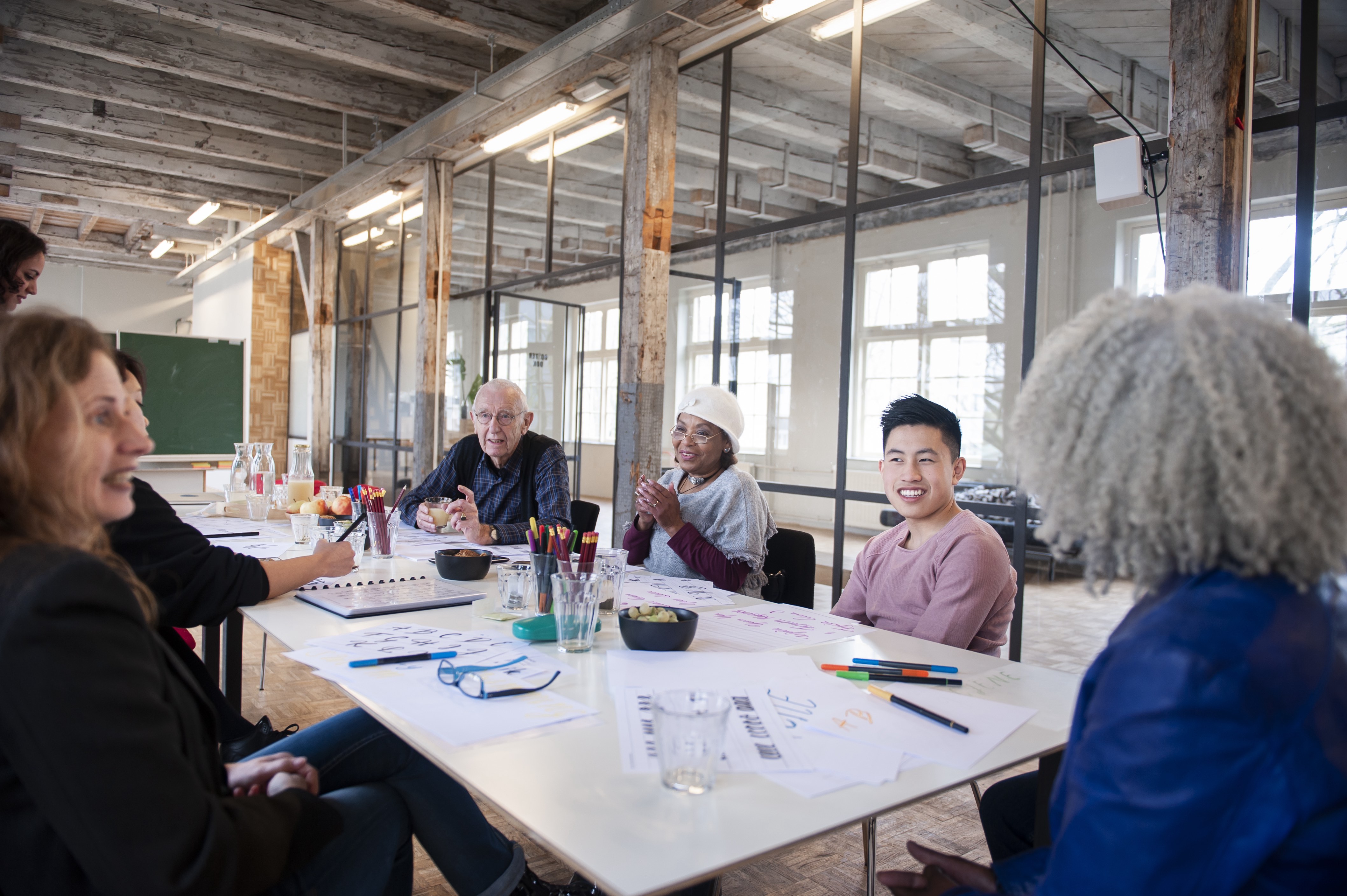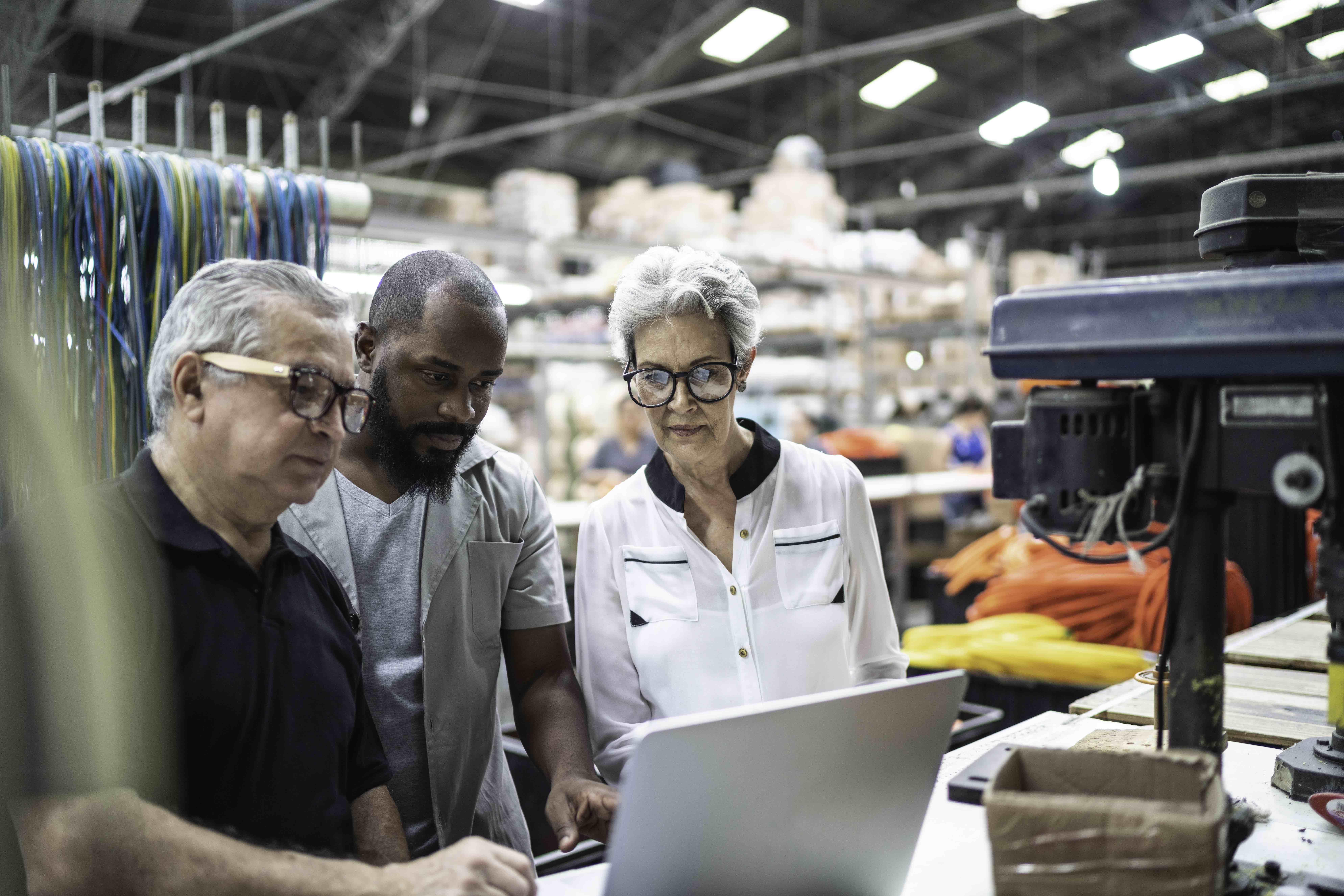
Business & Economics
Women, age discrimination and work

There’s an ambivalence in age discrimination law. Now, age equality needs a voice to ensure a more equal future in the workplace
Published 14 June 2022
In 2015, the Australian Human Rights Commission found that 27 per cent of older workers had experienced age discrimination at work in the last two years.
Seven years on, little has changed. Age discrimination is still common in the workplace, affecting both older and younger workers.

There’s an inherent ambivalence in age discrimination law. It’s like we cannot decide if age discrimination is right or wrong; acceptable or unacceptable. This plays out, for example, in the broad exceptions to age discrimination law.
It’s time to tackle this head on.
Building on the Australian Research Council project ‘Addressing Age Discrimination in Employment’, academic experts from Australia, the United Kingdom and Turkey gathered to reimagine age equality at work. From those discussions, we identified eight priorities to ensure a more equal future in the workplace.

Business & Economics
Women, age discrimination and work
Firstly, we must recognise that ageing isn’t just an issue for older workers; we all have an age, and younger workers are also subject to age-based stereotypes and disadvantage.
The similar challenges facing older and younger workers can be obscured by the myth of a ‘bottleneck’ or lack of jobs created by older workers.
Those seeking to gain a toehold in the employment market are often (but not necessarily) young, and regardless of age are often excluded from protections of labour law, such as when undertaking unpaid internships or work placements.
This can compound other forms of vulnerability. So, we need generations to work together to combat poor workplace practices.
Secondly, age and ageing are inherently intersectional, as age overlaps and compounds other forms of disadvantage.

An intersectional conceptualisation of ageing better matches with individual narratives and lived experiences of disadvantage.
For example, men may be more able to use legal structures to bring cases than women, or at least to escalate those cases to the public sphere. And yet, there are deep silences around the intersection of age and gender, and age and other characteristics – like class.
This may be important when we consider the toll that work might have on workers who perform manual labour. So, we must address these intersections in a nuanced way.

Politics & Society
Discrimination in a pandemic
Thirdly, we tend to see people at work as without past, present or future burdens that might shape their engagement with employment. And yet, our view of the future is often a performance, or part of a narrative, which is shaped by our past and present experiences, identity, views of risk, and precarity.
Equally, our notion of our future-self shapes our present behaviour, and how we navigate structures and systems. Our past and present experiences, including of discrimination at work, shape our future prospects.
Examining inequality through a ‘future’ lens allows us to see prospective age inequality, and understand the future impact of seemingly neutral systems, conditions, and practices.
We must move our understanding of age inequality from a ‘thing’ that happens, to a ‘force’, shaping futures, structures and institutions.

Fourth, we need to recognise the potential mismatch between people’s chronological age and their self-identified age.
How people feel is influenced by their physical and mental health, as well as their chronological age. Age is a bodily experience.
We need to engage, then, with age in its embodiment, and how it overlaps with health and disability.
Fifth, and relatedly, while we might all want to be the captain of our own ‘ageing ship’, our future is based on shifting sands, as pension reforms, employers’ needs, and our own health can be highly unpredictable.

Business & Economics
An older society will need to work for all
We need to recognise that there will be individuals who want to work, and those who need to work. People must respond to these changing circumstances, and yet we often lack the time and information to plan for our future.
We rarely have the language or the confidence to talk about ageing and the ageing process; indeed, old age, money, and the future, form a ‘toxic trinity’ of things that we don’t want to think about, don’t have a language to explain or consider, and which are bound up in stigma.
We need to give people the information and the confidence to think about and actively plan for ageing and their personal future.
Sixth, through workplace structures, ageing is enacted, reproduced and performed.

These structures often ‘agewash’ inequality. For example, ‘experience’ can become a violent concept, which is weaponised to excuse bad employer behaviour. Even ‘age friendly’ workplaces can revert to old tropes – through voluntary redundancy programs that seek to ‘refresh’ the workforce by retrenching older workers.
The challenge, then, is how to move beyond a facade of age friendliness in the workplace, to achieve meaningful structural change. This change needs to be systemic, embedded and inclusive, but also include small dialogues and conversations across the workplace.
Ageism can often occur through a series of small events that make people feel that they are less worthy on the basis of age. We need to have open conversations about implicit bias about age and performance, to better consider how we can focus on the actual performance of individual workers.

Arts & Culture
Our flesh after fifty
We must recognise, too, that ageing isn’t just an individual challenge; it is shaped and constructed by our community, workplaces and society.
Workplace changes that would support older workers – like flexible working – would likely also benefit all staff. Inclusive, age-friendly workplaces enable participants of all ages to be supported and accommodated.
Seventh, we must recognise that utilising some systems that are meant to support older workers – like discrimination law – can actually intensify damage.
This may occur as individuals experience the stress and mental load of complaining or having to put their life on hold to pursue a complaint of discrimination.
This doesn’t mean that individual rights under age discrimination law aren’t necessary.

Complaints of age discrimination can have important ripple effects beyond the worker and workplace they concern.
Equally, the experience of discrimination can have ripple effects beyond the individual, to affect our family, friends and communities. We must reform age discrimination law to make it more accessible and to better address the community impacts of discrimination.
Finally, we must ensure that both older and younger people are involved in the development of policies and programs to create accessible workplaces.
Voice and participatory processes are essential. There can be resistance to this idea, on the basis that older people are inherently vulnerable. But this doesn’t reflect the diversity of ageing, and the capacity of many older people to contribute.

Health & Medicine
How much exercise keeps our brains healthy as we age?
In surveys, for example, data on age is rarely collected and older workers can end up excluded and uncounted. We need better data around age and ageing, and age equality at work, including from statutory equality agencies.
Age equality is an issue that needs a voice. It needs advocates. And yet, age as a protected characteristic doesn’t have the strength of community activism associated with other grounds.
We need key members of society trained and educated in age equality, like doctors and human resource professionals.
Awareness changes behaviour, and we can increase awareness through stronger interaction across and between age groups.
Banner: Getty Images